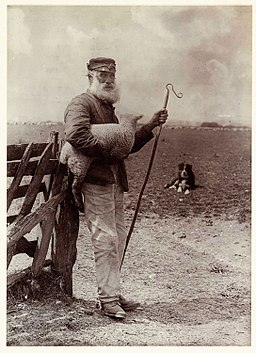Far from Home Cooking
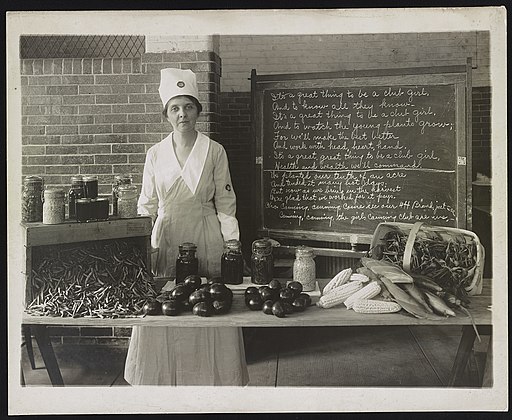
This 1917 photograph depicts Mina Van Winkle, head of the Lecture Bureau of the U.S. Food Administration during World War I, explaining Victory gardening and food processing to support the war effort. Photo from the Library of Congress.
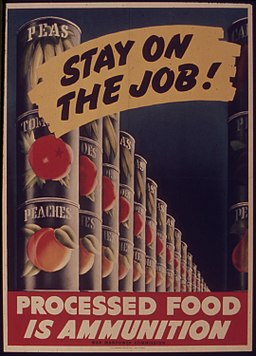
World War II poster from the Office for Emergency Management of the Office of War Information.
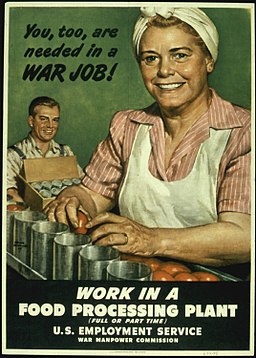
World War II poster from the Office for Emergency Management of the Office of War Information.
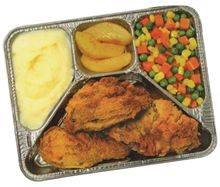
A typical TV dinner of the post World War II era. Photo provided by Smile Lee.
The question remains, however, whether consumers are any better off or healthier for having largely abandoned home cooking in the first place. Yes, the taste and quality and variety of convenience foods from the supermarket and fast foods from inexpensive restaurants have never been better, but at the same time people have never been fatter, with all the health problems that come with being not just overweight, but obese. It seems there’s a hidden price to all the convenience and deliciousness whipped up by food scientists in the labs of giant food companies like Nestlé and Yum! Brands (owners of Taco Bell and Kentucky Fried Chicken restaurants, among others). That’s something worth pondering the next time you’re shopping the frozen food aisle of the supermarket or cruising a commercial strip for a fast food outlet for your next meal – whether the exotic, fancy dishes they’re offering at low prices are really as good a value as they want them to appear to be, with their mile long list of indecipherable ingredients and unrealistically slight portion amounts, which make their salt, sugar, and fat percentages look more reasonable than they really are. No one but the rich can get away with eating fancy, rich foods every day, because they have the money for all the doctors and health spas it takes to balance out an indulgent lifestyle. They’re not eating the cheap, ersatz stuff anyway.
— Techly 

